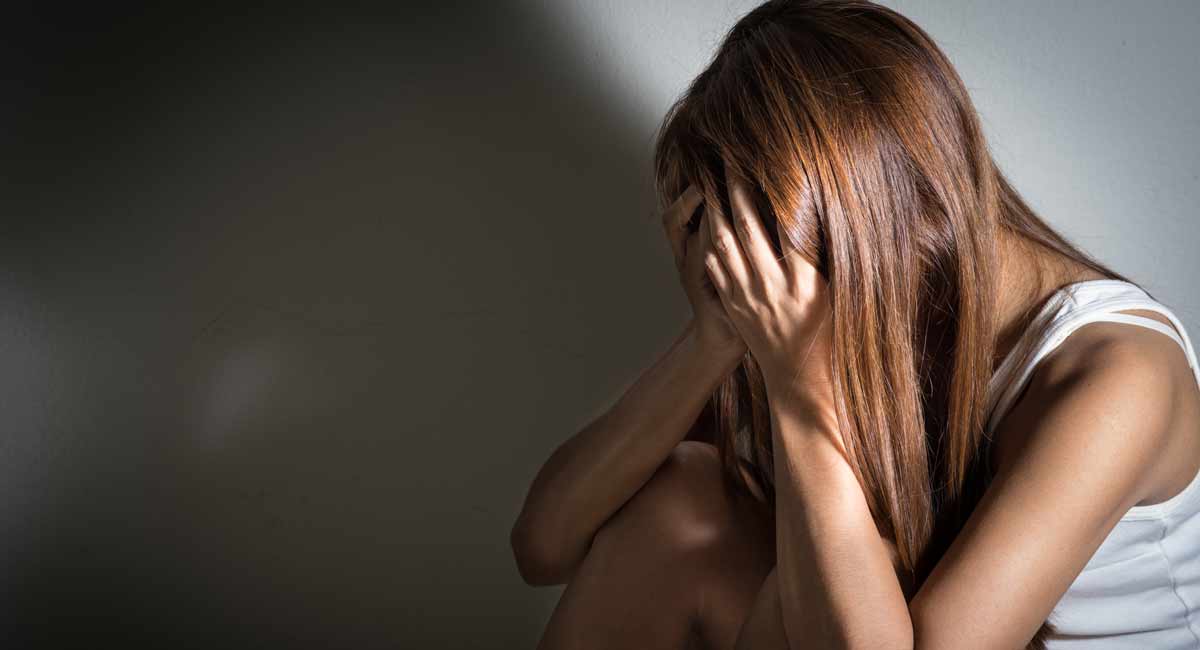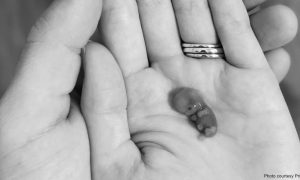In a disturbing trend, media outlets are increasingly equating miscarriage and pregnancy complications with elective abortion.
A recent article in InStyle titled, “No Matter How You Feel About Abortion, You Need to Better Understand D&C,” claims that there is no difference between receiving surgical treatment after a miscarriage and electing to end the life of a preborn child. The central argument of the article seems to be that opposition to killing preborn babies has led to a lack of information about the dilation and curettage procedure (D&C). A D&C is sometimes necessary following the unintentional demise of a preborn baby through miscarriage when the miscarriage is not completed (the baby’s remains are still in the uterus). In the D&C, a woman’s cervix is dilated, and a doctor uses surgical instruments to remove whatever remains in the uterus.
According to Dr. Diane Horvath (a.k.a. Diane Horvath-Cosper), a practicing ob-gyn and abortionist interviewed by InStyle, whether a D&C is performed after a miscarriage or as part of an elective abortion “it is exactly the same.” While the rudimentary surgical procedure may bear resemblance, the idea that they are “exactly the same” is absurd. In one, a child who has passed away through no one’s fault or intention is removed from his or her mother. In another, a child with a beating heart is suctioned apart or dismembered until she bleeds out and her skull containing a brain with recently active brainwaves is crushed.
READ: SHOCK: Abortionist holds dismembered baby, says patient can ‘get on with her life’
The doctors who chatted with InStyle blithely suggest that there is no difference between experiencing a miscarriage and undergoing an elective abortion. Horvath claims, “There’s no shame in pregnancy loss, just like there’s no shame in getting an abortion.” Horvath tries to suggest that politics has created an “artificial division” between mothers whose pregnancies end in miscarriage and mothers who elect or are coerced into ending their child’s life in abortion. Likewise, Dr. Alexandra Sacks, a reproductive psychiatrist, says, “There are all sorts of reasons why a pregnancy would end,” adding, “the same thing needs to happen: You need to clean and clear the uterus so you can get back to your healthy baseline, without discomfort or pain or infection.”
Distinguishing miscarriage and elective abortion is not a political fabrication; these are, in fact, fundamentally different acts. Mothers in all circumstances deserve compassion and resources. They also deserve to know the truth. The truth is that elective abortion is never medically necessary, and it violently destroys a living human being.
Unfortunately, InStyle is not the only media trying to blur the very real lines between miscarriage and abortion. TeenVogue, once a fashion magazine for teens, has produced a barrage of propaganda aimed at its young readers. One of the most recent examples is a collection of stories showing how “normal” abortion is. Among many problems with this collection of stories aimed at underage girls, at least two of the stories featured actually weren’t abortions at all.
In one, a woman identified as Jen recounts undergoing an elective abortion as a teen. She writes, “My second abortion was when I was 29. I had a much-wanted one-year-old child and was pregnant with a second, which was also very much wanted.” At a routine ultrasound, Jen discovered that her “pregnancy had ended,” by which she likely means that her child’s heart had stopped beating or the baby had failed to develop but her body had not yet recognized the miscarriage and expelled the contents of her uterus through bleeding.
For reasons not given in the story, the D&C was incorrectly treated as an elective abortion under the author’s state’s law. If what Jen describes was in fact a missed miscarriage for which she received surgical treatment, this is unfortunate and perhaps points to a need to change the implementation of the law. It would not, however, change the fundamental difference between electing to end a child’s life at 19 and experiencing a miscarriage at 29.
READ: Miscarriage and abortion are both traumatic, but let’s be clear: they’re not the same
In another story, a woman named Kenya writes about her experience of suffering an ectopic pregnancy while attempting to obtain an elective abortion. According to Kenya, the facility “saved [her] life.” Reading the story, it is hard to understand this interpretation. What Kenya recounts is experiencing severe pain before an appointment for an elective abortion and the abortion facility ultrasound technician discovering evidence that the pregnancy may be ectopic. Instead of transporting Kenya to the emergency room when staff thought her fallopian tube might rupture — a life-threatening emergency — they let her leave the facility by herself. Kenya drove herself to the emergency room while still experiencing intense pain and waited for hours before undergoing life-saving surgery to remove a ruptured fallopian tube. This, like the above story, is not an abortion, and the abortion facility certainly did not save her life.
Abortion advocates claim if abortion is limited, women experiencing miscarriage or pregnancy complications will be denied medical care. Horvath goes so far as to say this explicitly, telling InStyle, “When we don’t have access to abortion care, we also reduce access to treatment for pregnancy loss.” This is blatantly false. As Ireland demonstrated with decades of pro-life laws and one of the lowest maternal mortality rates in the world, direct abortion, the intentional killing of a preborn baby, is not necessary to save the life of the mother.
Defending the lives of preborn babies does not bring “shame and judgment” to mothers experiencing the grief of miscarriage, as claimed. Acknowledging the life of each preborn child, whether lost to abortion or miscarriage, affirms their dignity and humanity.
“Like” Live Action News on Facebook for more pro-life news and commentary!







